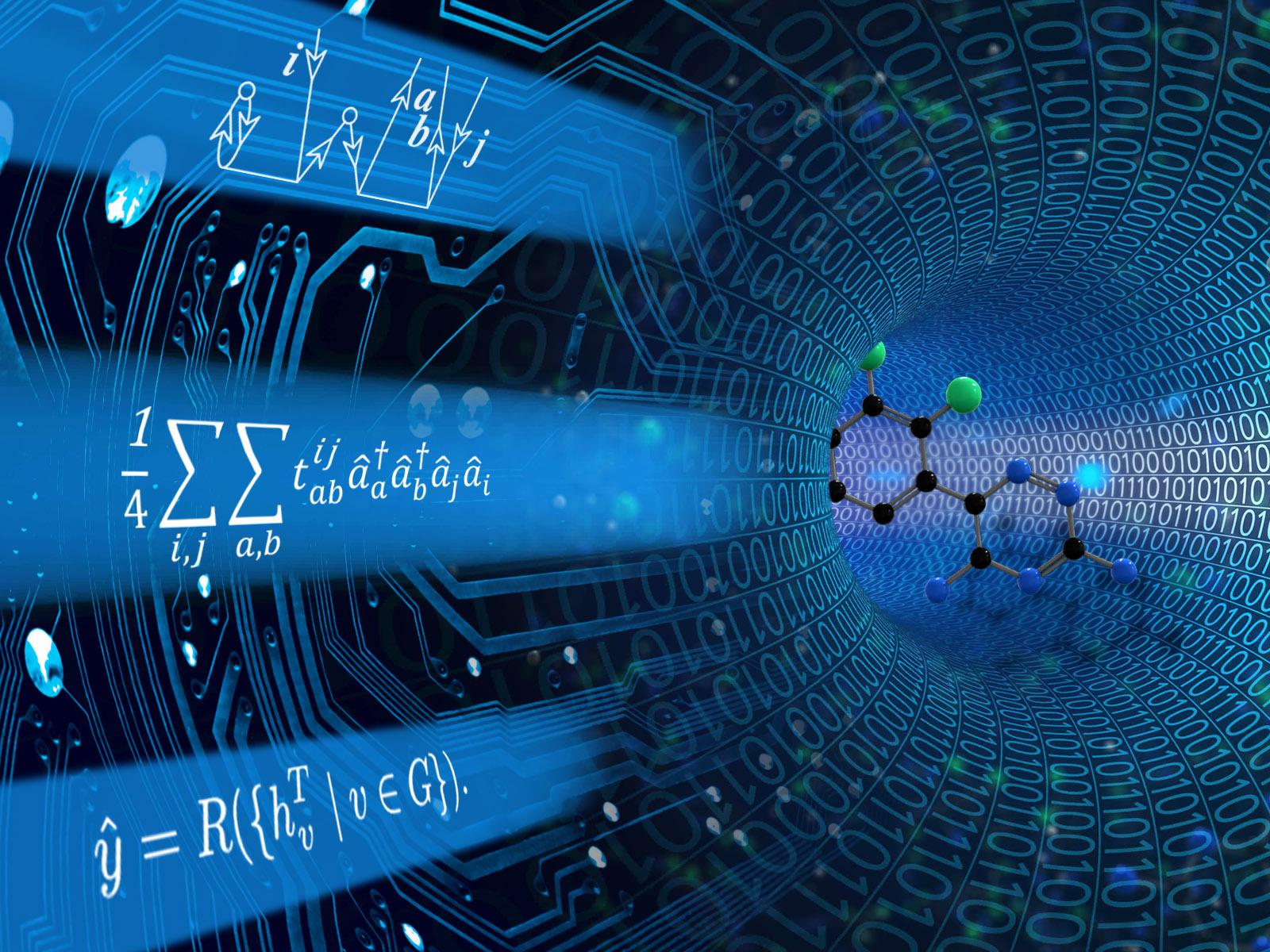PNNL’s Computational Chemistry Software Joins a New Quantum Platform
Libraries from NWChem and more are now available on Azure Quantum Elements

Computational chemistry is one of PNNL’s many strengths.
(Image by Nathan Johnson | Pacific Northwest National Laboratory)
For over 30 years, scientists at Pacific Northwest National Laboratory (PNNL) have made pioneering discoveries in the field of computational chemistry. Several computational chemistry libraries were developed through these efforts, including the widely used NWChem software developed with researchers from the Environmental Molecular Sciences Laboratory (EMSL), located at PNNL. Now, scientists can perform quantum chemical calculations using these libraries through Microsoft’s newly announced Azure Quantum Elements.
“From NWChem to Scalable Predictive methods for Excitations and Correlated Phenomena, or SPEC, PNNL researchers have earned a reputation for developing highly accurate electronic structure calculation methods,” said PNNL Laboratory Fellow Karol Kowalski. “I am glad that these libraries are available on yet another platform so that more researchers may benefit from them.”
Accelerating scientific discoveries through computational chemistry
Computational chemistry has enabled novel discoveries in catalyst and materials design, the development of new clean energy technologies, and biological and heavy-element chemistry. This field combines theoretical chemistry and chemical physics with powerful computational methods to validate and even predict experimental outcomes in chemistry.
PNNL scientists excel in developing such methods—resulting in various software solutions for computational chemistry, including NWChem and its still-in-development exascale counterpart NWChemEX, SPEC, and the electronic structure and molecular dynamics software package, CP2K. These methods help researchers understand the underlying physics and chemistry of interactions at the molecular scale. PNNL researchers continue to improve upon these methods by combining them with the latest high-performance computing capabilities, artificial intelligence and machine learning, and computational mathematics and statistics. The recently established Computational and Theoretical Chemistry Institute at PNNL—led by Laboratory Fellow Sotiris Xantheas and Senior Research Scientist Sutanay Choudhury—aims to develop the next generation of molecular modeling capabilities by integrating chemistry software development with quantum computing, computer science efforts, novel datasets, and data science.
Industrial partnerships, such as PNNL’s collaboration with Microsoft, play an integral role in the widespread adoption of these methods. For example, PNNL researchers Ajay Panyala, Bo Peng, and Karol Kowalski collaborated with researchers from Microsoft Quantum, ETH Zurich, and the Technical University of Munich to develop AutoRXN—an automated workflow for exploratory high-throughput electronic structure calculations of molecular systems. This workflow allows users to explore chemical reaction space without requiring a background in computational methods—essentially removing some of the barriers to computational chemistry research.
The initial and continued development of NWChem was supported by the Department of Energy (DOE), Office of Science (SC), Biological and Environmental Research program; the DOE SC Basic Energy Sciences (BES) program; the DOE SC Advanced Scientific Computing Research program; the DOE High Performance Computing and Communications Initiative; and the Office of Naval Research. SPEC is supported by the BES Chemical Sciences, Geosciences, & Biosciences (CSGB) Division. PNNL personnel involved in the development of CP2K were supported by CSGB. PNNL personnel involved in the deployment of the AutoRXN framework were also supported by CSGB.
Published: June 22, 2023